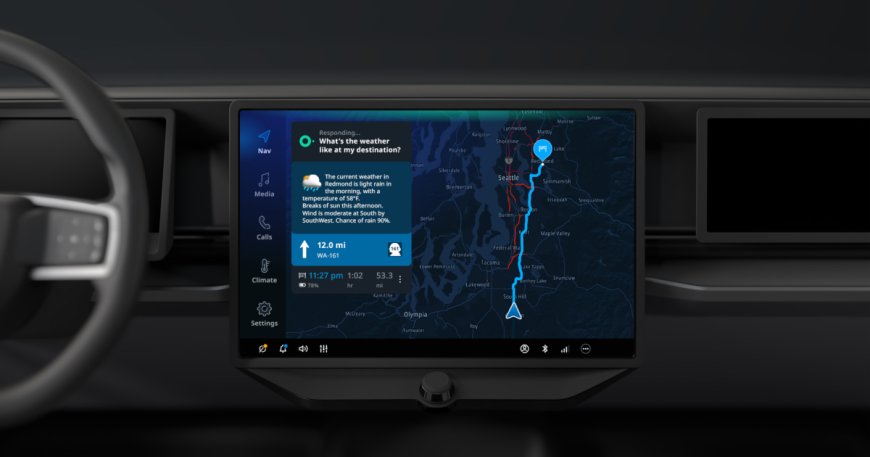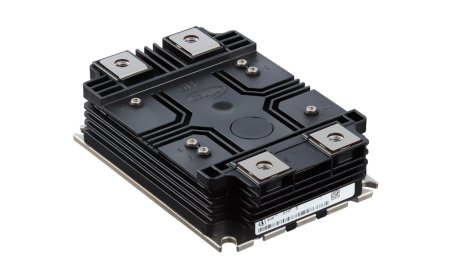TomTom and Microsoft Revolutionize Driving Experience with Advanced AI-Powered Automotive Assistant
TomTom, in collaboration with Microsoft, introduces a sophisticated AI-powered conversational automotive assistant, transforming the in-vehicle experience through advanced voice interaction and cloud analytics.

TomTom, a global leader in location technology, has announced a groundbreaking partnership with Microsoft to introduce generative artificial intelligence (AI) into the automotive industry. This innovative collaboration aims to significantly enhance the driving experience by embedding an AI-powered conversational automotive assistant in vehicles, facilitating advanced interaction with infotainment and vehicle command systems.
The heart of this innovation lies in a fully integrated conversational assistant, developed using Microsoft's AI technology. This assistant enables drivers to interact seamlessly with their vehicle's systems through advanced voice commands. The AI-powered assistant allows drivers to navigate to specific locations, find points of interest along their route, and control various onboard systems like temperature settings, window operations, and audio systems with simple voice commands.
The collaboration utilizes Microsoft Azure OpenAI Service, which leverages large language models, in addition to Azure Kubernetes Services, Azure Cosmos DB, and Azure Cognitive Services. These integrations provide a robust and intelligent user experience. Importantly, the voice assistant can be integrated into a wide range of automotive infotainment systems. This flexibility aids automotive manufacturers in rapidly introducing this technology into the market, while maintaining control over their brand identity and customer experience. Moreover, this solution is an integral part of TomTom’s Digital Cockpit, a modular and open in-vehicle infotainment platform.
"Together with Microsoft, our shared vision is to drive innovation with generative AI and provide our customers with even better solutions,” says Mike Schoofs, Chief Revenue Officer at TomTom. “Leveraging our navigation and technology expertise, we’re creating a groundbreaking new way for people to interact with their vehicles. With both companies integrating what they do best into one solution, we’re transforming the in-vehicle experience, enabling drivers to ask their car for anything and trust it will deliver."
Dominik Wee, Corporate Vice President for Manufacturing and Mobility at Microsoft, further emphasizes the significance of this advancement. “With this next generation of AI, we have a unique opportunity to accelerate innovation across the entire automotive sector,” he said. “We’re building on our longstanding collaboration with TomTom and bringing together AI advances across the Microsoft Cloud with TomTom's automotive expertise to provide drivers and carmakers with new AI-powered tools. This integration will enable OEMs to offer highly differentiated and unique cockpit experiences, while preserving their unique brand identity.”
This partnership is not the beginning of TomTom and Microsoft's collaboration but a continuation and expansion of a relationship that started in 2016. Initially, TomTom powered Azure Maps location services. The companies later expanded their cooperation to mapping data and services for Microsoft's first-party maps. Now, they are focusing on developing AI-powered automotive solutions and an in-vehicle digital cockpit and infotainment solution, harnessing the power of cloud analytics.
In conclusion, the collaboration between TomTom and Microsoft represents a significant leap in the automotive industry, demonstrating the vast potential of AI to revolutionize the driving experience. This partnership not only signifies a technological milestone but also reshapes the dynamics of how drivers interact with their vehicles, paving the way for a future where vehicle technology is more intuitive, interactive, and centered around the user experience.































